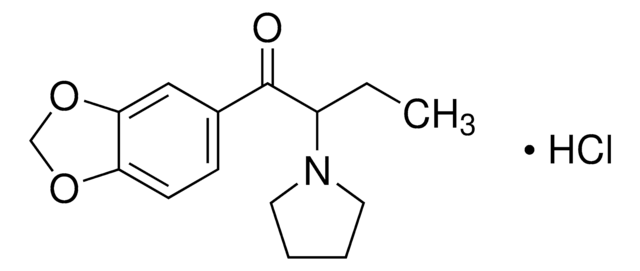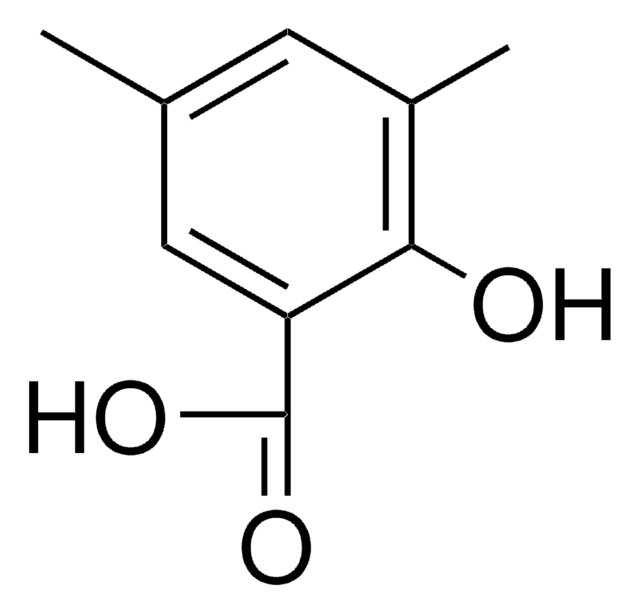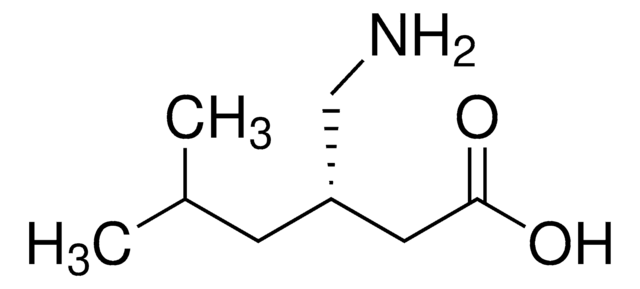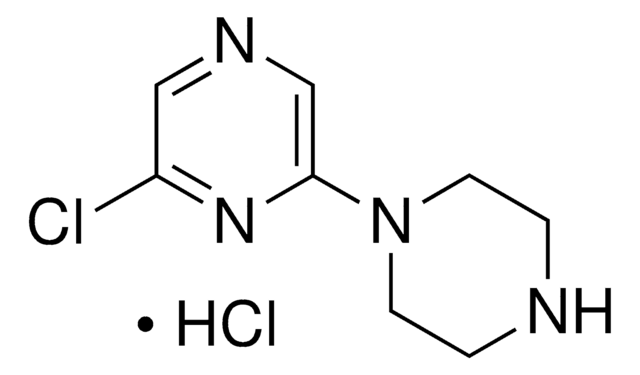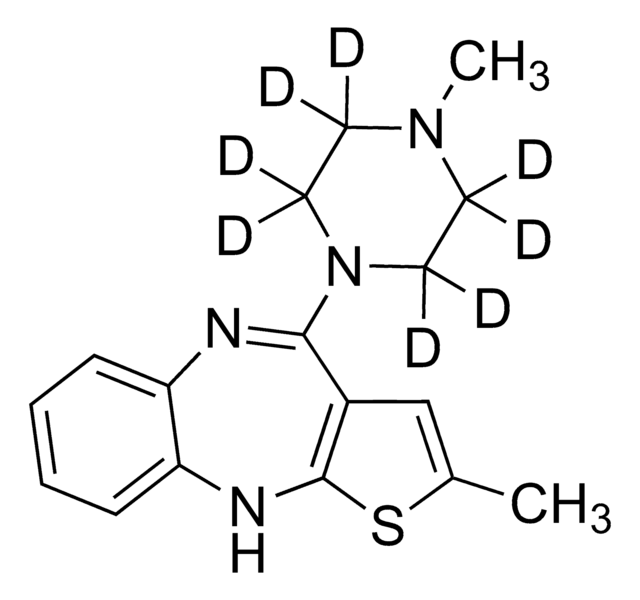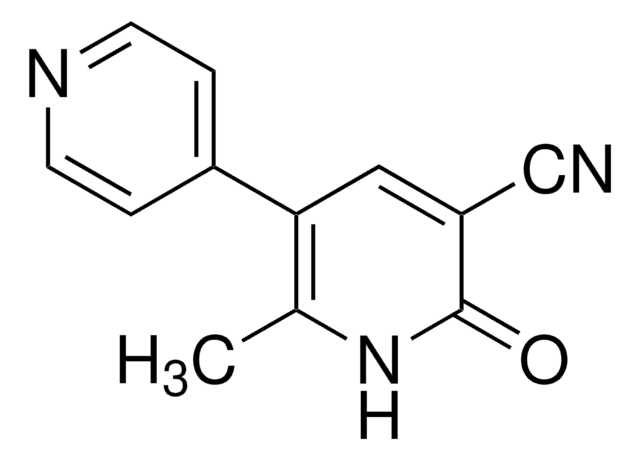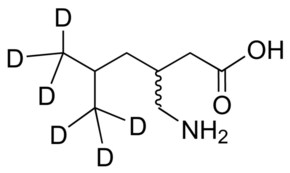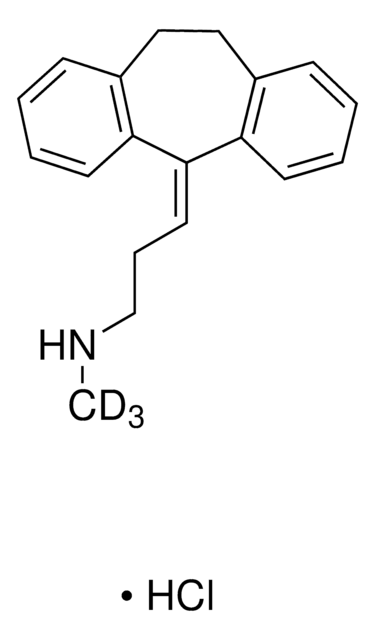M-144
MDAI hydrochloride solution
100 μg/mL in acetonitrile: water (9:1) with 5% 1 M HCl (as free base), ampule of 1 mL, certified reference material, Cerilliant®
About This Item
Prodotti consigliati
Grado
certified reference material
Livello qualitativo
Stato
liquid
Caratteristiche
Snap-N-Spike®/Snap-N-Shoot®
Confezionamento
ampule of 1 mL
Produttore/marchio commerciale
Cerilliant®
drug control
Narcotic Licence Schedule E (Switzerland)
Concentrazione
100 μg/mL in acetonitrile: water (9:1) with 5% 1 M HCl (as free base)
tecniche
gas chromatography (GC): suitable
liquid chromatography (LC): suitable
applicazioni
forensics and toxicology
Formato
single component solution
Temperatura di conservazione
−70°C
Stringa SMILE
Cl.NC1Cc2cc3OCOc3cc2C1
InChI
1S/C10H11NO2.ClH/c11-8-1-6-3-9-10(13-5-12-9)4-7(6)2-8;/h3-4,8H,1-2,5,11H2;1H
DEZYWEZDXRXACY-UHFFFAOYSA-N
Categorie correlate
Descrizione generale
Note legali
Prodotti correlati
Avvertenze
Danger
Indicazioni di pericolo
Classi di pericolo
Acute Tox. 4 Dermal - Acute Tox. 4 Inhalation - Acute Tox. 4 Oral - Eye Irrit. 2 - Flam. Liq. 2
Codice della classe di stoccaggio
3 - Flammable liquids
Classe di pericolosità dell'acqua (WGK)
WGK 2
Punto d’infiammabilità (°F)
55.4 °F - closed cup
Punto d’infiammabilità (°C)
13 °C - closed cup
Scegli una delle versioni più recenti:
Certificati d'analisi (COA)
Ci dispiace, ma al momento non ci sono COA disponibili online per questo prodotto.
Se ti serve aiuto, non esitare a contattarci Servizio Clienti
Possiedi già questo prodotto?
I documenti relativi ai prodotti acquistati recentemente sono disponibili nell’Archivio dei documenti.
Il team dei nostri ricercatori vanta grande esperienza in tutte le aree della ricerca quali Life Science, scienza dei materiali, sintesi chimica, cromatografia, discipline analitiche, ecc..
Contatta l'Assistenza Tecnica.
